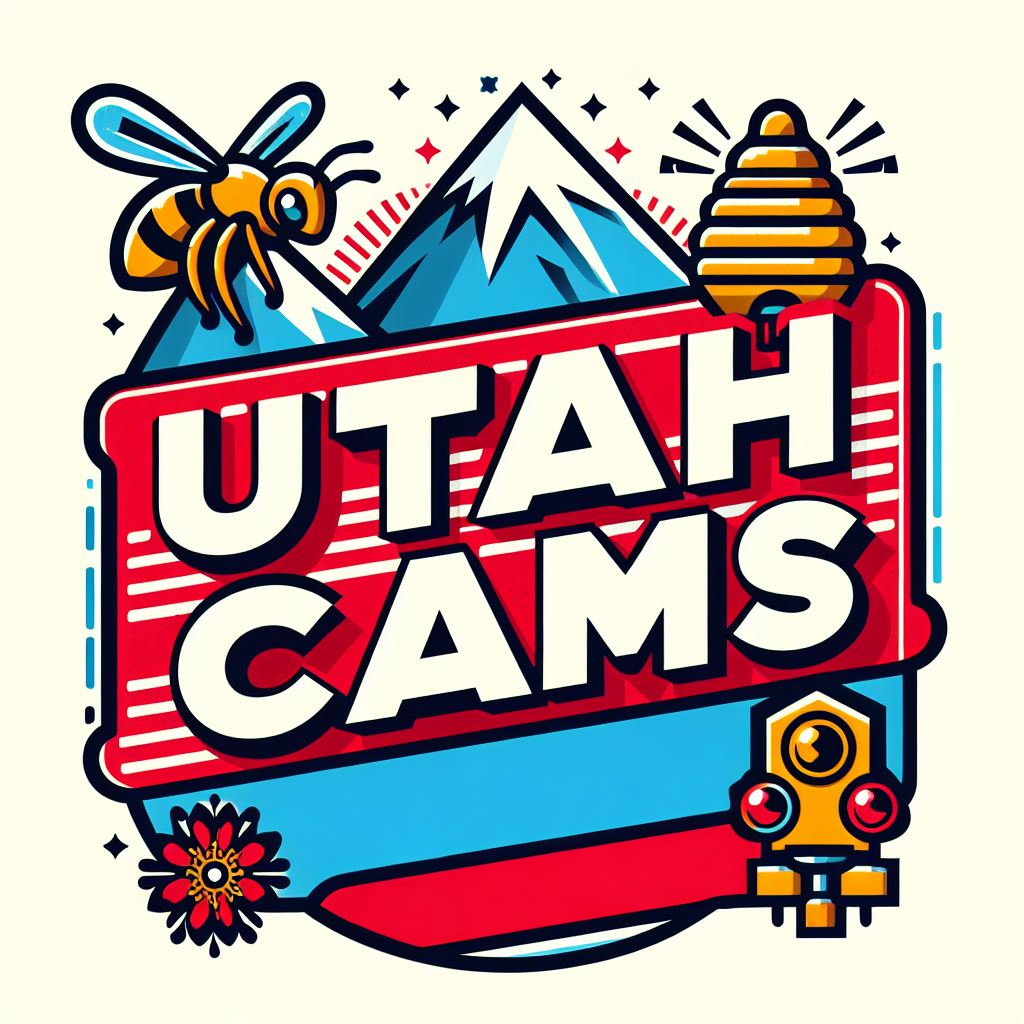Early Settlement and Silver Mining Boom
Park City Weather Cams. The history of Park City, Utah, begins in the mid-19th century, with the arrival of Mormon settlers who were drawn to the region’s fertile land and water sources. However, it wasn’t until the discovery of silver in the late 1860s that Park City’s future as a bustling town was cemented. The first significant silver strike occurred in 1868, sparking a mining boom that would transform the area.
The promise of wealth brought a flood of prospectors, entrepreneurs, and fortune-seekers to Park City. The town quickly grew, with mines springing up across the landscape. The Silver King Mine, discovered in 1881, became one of the richest silver mines in the world, producing vast amounts of ore and making millionaires of its investors. Park City became a prominent mining town, with a population that soared to over 10,000 by the early 1900s.
The wealth generated from mining spurred rapid development. The town’s infrastructure expanded to include homes, businesses, schools, and churches. Park City’s Main Street was lined with saloons, shops, and hotels, catering to the needs of miners and their families. However, the prosperity brought by mining was accompanied by challenges, including labor disputes, harsh working conditions, and environmental degradation.
Decline of Mining and Transition to Tourism
The early 20th century saw a decline in silver prices, leading to a downturn in Park City’s mining industry. The Great Depression of the 1930s further exacerbated the situation, causing many mines to close. By the mid-20th century, Park City was struggling economically, with a dwindling population and abandoned mines dotting the landscape.
The town’s fortunes began to change in the 1960s with the rise of skiing as a popular recreational activity. Recognizing the potential for tourism, local visionaries began to explore the possibility of transforming Park City into a ski destination. The Park City Ski Area, now known as Park City Mountain Resort, opened in 1963, marking the beginning of a new era for the town.
Skiing brought a fresh wave of visitors and investment to Park City. The town capitalized on its picturesque mountain setting, developing ski lifts, lodges, and other amenities to attract tourists. The ski resort’s success spurred the development of additional recreational facilities, including cross-country skiing, snowboarding, and après-ski entertainment.
Olympic Legacy and Continued Growth
Park City’s profile received a significant boost when it was chosen as a venue for the 2002 Winter Olympics. The town hosted several events, including alpine skiing, snowboarding, and ski jumping. The Olympics brought international attention to Park City, showcasing its world-class facilities and stunning natural beauty.
In preparation for the Olympics, significant investments were made in infrastructure and amenities. The Utah Olympic Park was constructed, providing state-of-the-art training facilities for athletes and serving as a venue for public events and tourism. The Games were a resounding success, solidifying Park City’s reputation as a premier winter sports destination.
The Olympic legacy continued to benefit Park City long after the Games concluded. The influx of visitors and media exposure helped to establish the town as a year-round tourist destination. In addition to winter sports, Park City developed a thriving summer tourism industry, offering activities such as hiking, mountain biking, and festivals.
Cultural and Economic Renaissance
The growth of tourism in Park City brought about a cultural and economic renaissance. The town embraced its heritage, preserving historic buildings and promoting its mining history through museums and tours. The Park City Museum, located on Main Street, offers exhibits on the town’s mining past and its transformation into a ski resort.
Park City’s cultural scene flourished with the establishment of the Sundance Film Festival. Founded by Robert Redford in 1985, the festival has become one of the most prestigious independent film festivals in the world. Each January, filmmakers, actors, and cinema enthusiasts descend on Park City to premiere new films, fostering a vibrant arts community and contributing significantly to the local economy.
Real estate development also surged, with the construction of luxury homes, condominiums, and hotels. Park City’s real estate market became one of the most desirable in the country, attracting affluent buyers and investors. The town’s economy diversified, with a mix of tourism, real estate, and retail driving growth.
Community and Environmental Stewardship
Despite its growth and development, Park City has remained committed to maintaining its small-town charm and preserving its natural environment. The community has implemented various initiatives to promote sustainability and environmental stewardship. Efforts include preserving open spaces, promoting renewable energy, and implementing water conservation measures.
Park City has set ambitious goals for reducing its carbon footprint, aiming to become a net-zero energy community. Initiatives such as the installation of solar panels, energy-efficient building practices, and community education programs reflect the town’s commitment to environmental sustainability.
The town also fosters a strong sense of community through local events, festivals, and recreational programs. The annual Park City Kimball Arts Festival, Fourth of July celebrations, and weekly farmers’ markets bring residents and visitors together, creating a vibrant and inclusive community atmosphere.
Conclusion: A Dynamic Future for Park City
From its origins as a silver mining boomtown to its transformation into a world-class ski resort, Park City’s history is a testament to resilience, innovation, and adaptability. The town’s ability to reinvent itself in the face of economic challenges has allowed it to thrive and grow, becoming a premier destination for outdoor recreation and cultural experiences.
As Park City looks to the future, it continues to balance growth with sustainability, preserving its natural beauty and rich heritage while embracing new opportunities. With its dynamic community, commitment to environmental stewardship, and diverse offerings, Park City remains a beloved destination for residents and visitors alike, poised to continue its legacy as a vibrant and thriving town.

